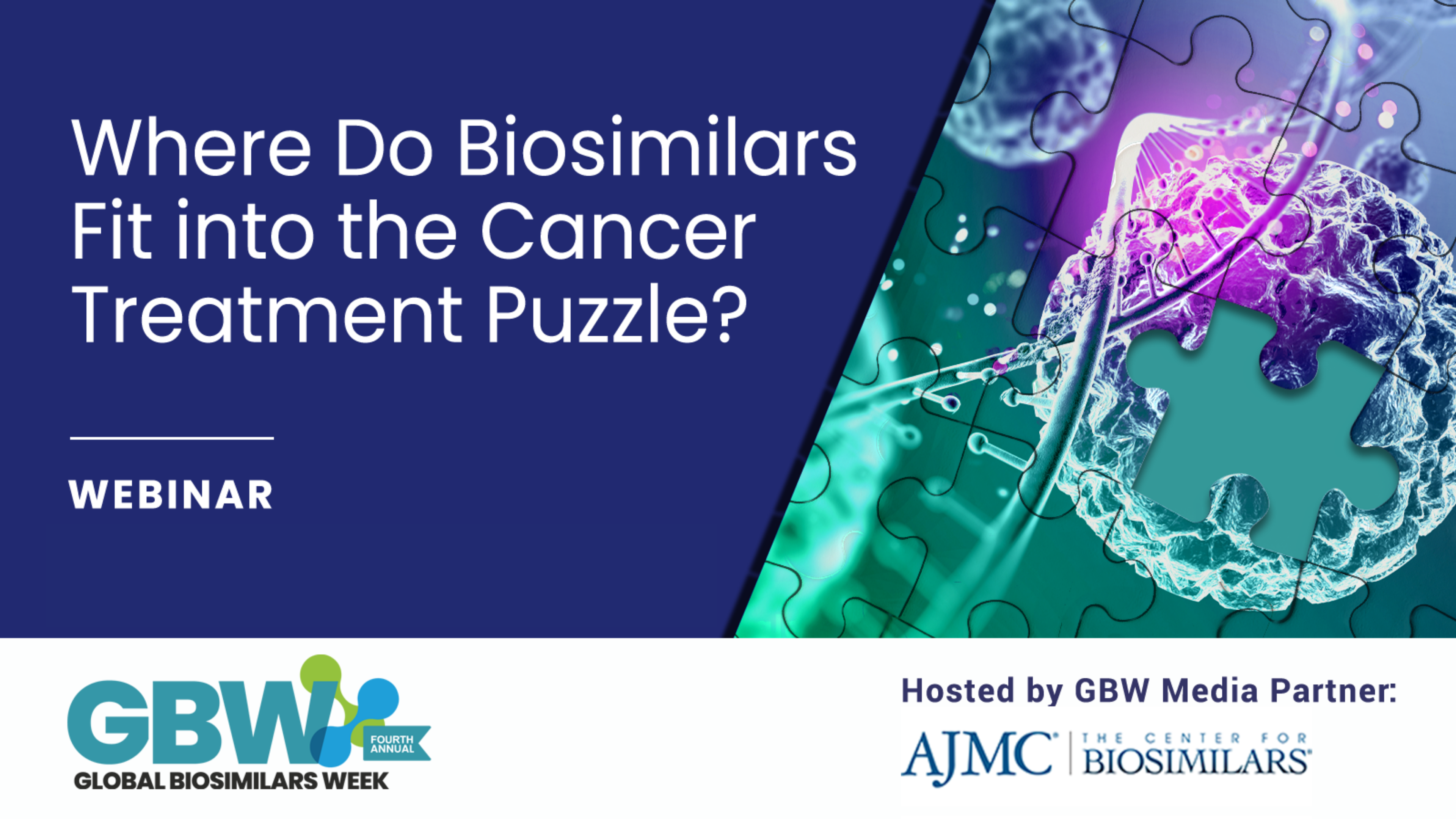- Bone Health
- Immunology
- Hematology
- Respiratory
- Dermatology
- Diabetes
- Gastroenterology
- Neurology
- Oncology
- Ophthalmology
- Rare Disease
- Rheumatology
Biosimilars Can Reduce Inequities in Access to Treatment, Study Reports
National guidelines and reimbursement rules are likely to be key drivers of disparities; in some countries, biologics are not reimbursed at all, while in others, patients may need to have high disease activity levels, or may need to fail numerous small-molecule drugs before gaining access to biologics. Differences in cost-effectiveness thresholds used in Health Technology Assessments may also be a factor.
Biologics have transformed the treatment landscape for inflammatory diseases, but as a result of high costs and increasingly constrained healthcare budgets, access to these products is far from equal. A paper newly published in Frontiers in Pharmacology describes differences in patient access to biologics in the European context and discusses the potential impact that biosimilars can have in reducing inequities in access.
The authors of the paper conducted a literature search in November 2018 for studies related to biologic therapies and patient access for inflammatory diseases, and they conducted a second search to identify publications related to biosimilars’ impact on budgets and access. Only articles published after 2008 were included.
The authors report that, despite The European League Against Rheumatism recommendations that patients with rheumatoid arthritis (RA) receive a biologic if they have at least 1 prognostically unfavorable factor, the percentage of patients with RA who were treated with biologics in 2009 ranged from 30% in Norway to just 5% in Austria and 1% in Poland. Data reported in 2018 for the METEOR registry show that biologic use among patients with RA was as high as 75% in Ireland, but just 15% in the United Kingdom.
National guidelines and reimbursement rules, write the authors, are likely to be key drivers of these disparities; in some countries, biologics are not reimbursed at all, while in others, patients may need to have high disease activity levels, or may need to fail numerous small-molecule drugs before gaining access to biologics. Differences in cost-effectiveness thresholds used in Health Technology Assessments may also be a factor.
For patients with psoriasis, wide variations in access to biologics have been reported, with cost and local policies being relevant barriers to use. Like those with RA, patients with psoriasis had lower access in Central and Eastern European countries compared with Western European countries. In Bulgaria, Croatia, the Czech Republic, Hungary, Poland, and Romania, only 0.25% of patients with psoriasis are treated with biologics.
In the context of inflammatory bowel disease (IBD), the prevalence of biologic use is highest in France (31.3% of patients) and lowest in Latvia (0.2% of patients). The use of biologics for IBD is strongly linked to gross domestic product (GDP) per capita and to cost per patient as a percentage of GDP.
In 2006, it was estimated that there were 3 million patients with RA in Europe, and that RA had an annual total economic burden of €45 billion (US $51 billion), or €13,500 (US $15,186) per patient per year. For psoriasis, annual total costs were estimated at as much as €11,928 (US $13,418) per patient per year in top-spending nations. Total direct costs in Europe for IBD have been estimated to be as high as €5.6 billion (US $6.3 billion) per year.
Biosimilars, write the authors, have the potential to allow for better access by broadening national reimbursement criteria to reach compliance with European clinical guidelines. For both patients and healthcare, guideline-concordant prescribing could offer benefits; patients could achieve improved outcomes, while payers could realize both short-term savings and reduced costs for hospitalizations or surgical interventions.
In order to achieve uptake of biosimilars, physicians and patients will need education to address any reluctance to use these drugs. Medical societies and healthcare professionals can provide advocacy and education about biosimilars, write the authors, pointing to the International Psoriasis Council’s educational materials on biosimilars as a notable achievement in this area.
At a national level, write the authors, some countries will need to streamline their infrastructure for distributing biologics generally, optimizing referral pathways, and easing prescribing restrictions.
Reference
Baumgart DC, Misery L, Naeyaert S, Taylor PC. Biological therapies in immune-mediated inflammatory diseases: can biosimilars reduce access inequities. Front Pharmacol. 2019;10:279. doi: 10.3389/fphar.2019.00279.
Will the FTC Be More PBM-Friendly Under a Second Trump Administration?
February 23rd 2025On this episode of Not So Different, we explore the Federal Trade Commission’s (FTC) second interim report on pharmacy benefit managers (PBMs) with Joe Wisniewski from Turquoise Health, discussing key issues like preferential reimbursement, drug pricing transparency, biosimilars, shifting regulations, and how a second Trump administration could reshape PBM practices.
Review Calls for Path to Global Harmonization of Biosimilar Development Regulations
March 17th 2025Global biosimilar regulatory harmonization will be needed to reduce development costs and improve patient access, despite challenges posed by differing national requirements and regulatory frameworks, according to review authors.
Biosimilars Policy Roundup for September 2024—Podcast Edition
October 6th 2024On this episode of Not So Different, we discuss the FDA's approval of a new biosimilar for treating retinal conditions, which took place in September 2024 alongside other major industry developments, including ongoing legal disputes and broader trends in market dynamics and regulatory challenges.
From Amjevita to Zarxio: A Decade of US Biosimilar Approvals
March 6th 2025Since the FDA’s groundbreaking approval of Zarxio in 2015, the US biosimilars market has surged to 67 approvals across 18 originators—though the journey has been anything but smooth, with adoption facing hurdles along the way.









